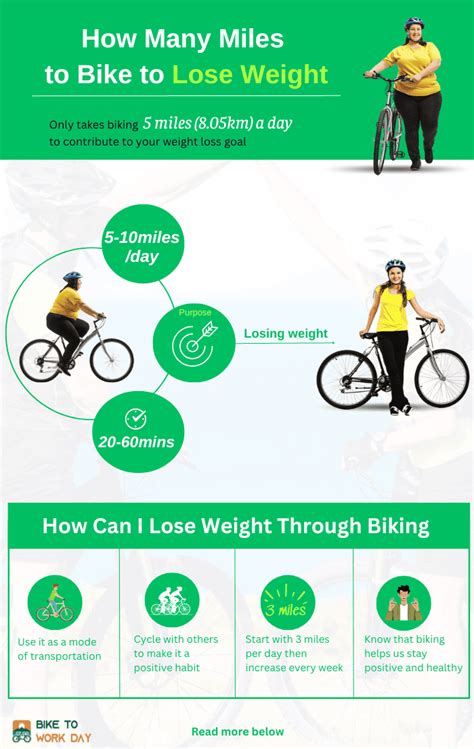The Key to Cycling Weight Loss: Finding the Right Mileage
Cycling is a fantastic way to shed those extra pounds, offering a low-impact workout that's gentle on the joints yet incredibly effective for burning calories and building endurance. But simply hopping on your bike and pedaling isn't a guaranteed ticket to weight loss. The key lies in finding the right mileage – a balance between pushing your limits and avoiding burnout or injury. This article will explore how to determine the optimal cycling mileage for your weight loss goals, addressing common questions and concerns along the way.
How Many Miles Should I Cycle to Lose Weight?
There's no magic number of miles that guarantees weight loss. The ideal mileage depends on several individual factors, including your current fitness level, weight, metabolism, and dietary habits. However, a good starting point for most people is aiming for at least 150 minutes of moderate-intensity cardio per week, which translates to roughly 3-4 cycling sessions of 30-45 minutes each. This recommendation aligns with guidelines from health organizations like the CDC.
Remember, consistency is key. Regular, moderate-intensity cycling is more effective for weight loss than sporadic intense rides.
What Intensity Should My Rides Be?
The intensity of your cycling sessions is just as important as the mileage. For effective weight loss, you need to elevate your heart rate into the fat-burning zone. This generally falls between 50-70% of your maximum heart rate. You should be able to hold a conversation, but you should feel a noticeable effort.
Using a heart rate monitor can be helpful, but you can also gauge your intensity by how breathless you are. If you're gasping for air, you're probably working too hard.
How Quickly Can I Expect to See Results?
Weight loss is a gradual process, and the rate at which you see results will vary depending on your individual factors and adherence to a healthy lifestyle. While you might see initial weight loss in the first few weeks, consistent effort is crucial for long-term success. Remember that a combination of cycling and a balanced diet is the most effective approach.
Don't get discouraged if you don't see immediate results. Focus on consistency and listen to your body.
Can I Lose Weight Cycling Short Distances?
Yes, you absolutely can lose weight cycling shorter distances! The total number of calories burned depends on factors like intensity, duration, and your body weight. Shorter, high-intensity interval training (HIIT) sessions can be highly effective for burning calories and boosting your metabolism. So, even if you only have 20-30 minutes available, you can still make significant progress.
Consider incorporating HIIT into your cycling routine for a more intense calorie burn. Alternate between high-intensity bursts and periods of recovery.
How Can I Increase My Mileage Safely?
Gradually increasing your mileage is crucial to avoid injury and burnout. Start with a manageable distance and gradually increase it by no more than 10% per week. Listen to your body and take rest days when needed. Proper hydration and nutrition are also essential for supporting your training.
Should I Cycle Every Day for Weight Loss?
While daily cycling might seem like a fast track to weight loss, it's not necessarily the most effective or sustainable approach. Your body needs rest to recover and rebuild muscle. Aim for a balance between cycling and rest days to prevent injury and burnout. A well-structured training plan that incorporates rest days is more likely to yield long-term results.
Prioritize rest and recovery to avoid overtraining and injury.
What Other Factors Influence Cycling Weight Loss?
Cycling is an important part of the equation, but it's not the only factor influencing weight loss. A healthy diet plays a crucial role. Combining regular cycling with a balanced, calorie-controlled diet will significantly enhance your weight loss efforts. Getting enough sleep and managing stress levels are also important factors to consider.
Remember, a holistic approach combining exercise, nutrition, and rest is essential for optimal weight loss.
By carefully considering your fitness level, gradually increasing mileage, maintaining the right intensity, and combining cycling with a healthy diet, you can unlock the power of cycling for effective and sustainable weight loss. Remember consistency is key, and listening to your body is paramount.

